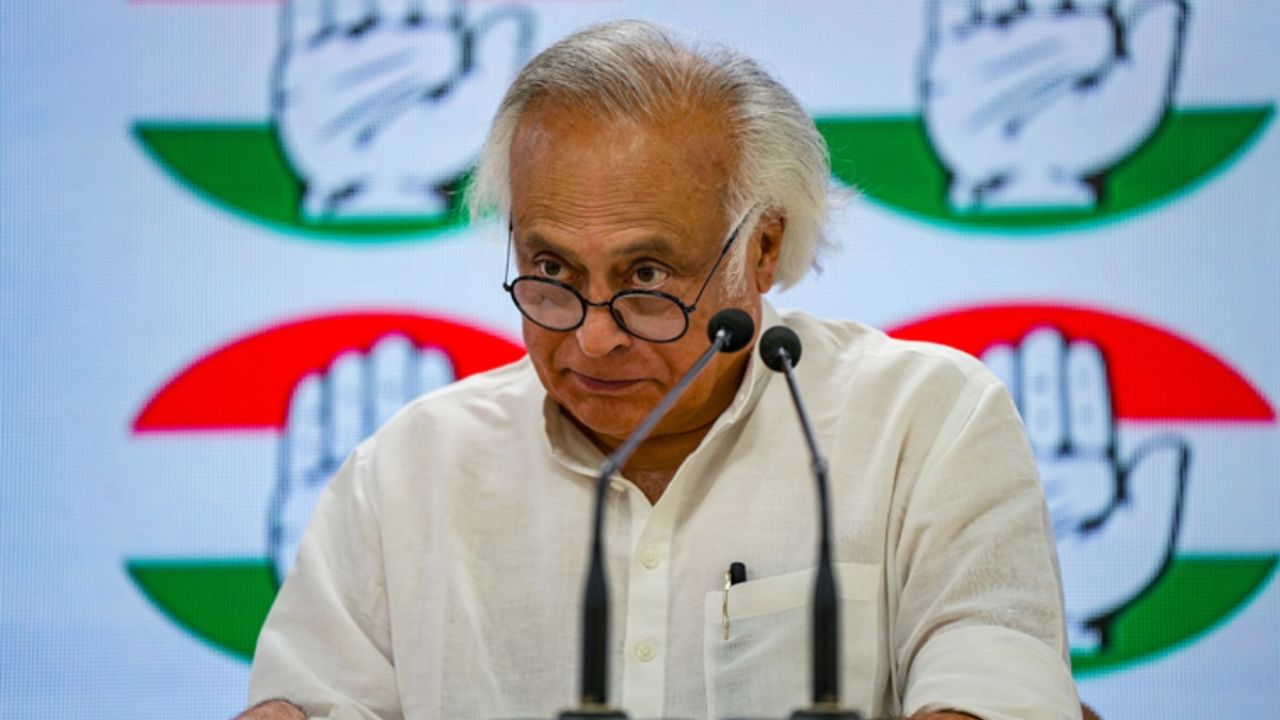With an eye on upcoming elections, Hemant Soren balances his Cabinet by considering caste and regional equations, along with a mix of old and new faces.
Setting the stage for the Jharkhand Assembly elections due later this year, Chief Minister and JMM executive president Hemant Soren on Monday allocated portfolios to the 11 ministers in his new Cabinet, ensuring representation from

Setting the stage for the Jharkhand Assembly elections due later this year, Chief Minister and JMM executive president Hemant Soren on Monday allocated portfolios to the 11 ministers in his new Cabinet, ensuring representation from across the state while balancing caste equations.
This marks the third ministry of the JMM-led coalition since it came to power following the November-December 2019 Assembly polls. The second ministry was formed in February this year when senior JMM leader Champai Soren took charge as CM after Hemant’s resignation and arrest by the ED in an alleged land scam.
After being granted bail by the Jharkhand High Court, Hemant returned as CM on July 4, a day after Champai stepped down.
Following a successful trust vote in the state Assembly on Monday morning, Hemant formed his new Cabinet, including nominees from his key allies, the Congress and the RJD. Eleven new ministers, including Champai, took the oath of office, after which Hemant allocated portfolios, keeping key departments like Home, Personnel, and Cabinet Secretariat for himself.
Champai received the Water Resources and Higher and Technical Education portfolios, defusing the tension that had reportedly been brewing between Hemant and Champai, who was initially reluctant to give up the CM post. The Congress leadership played a crucial role in persuading Champai to step aside for Hemant’s return ahead of the Assembly polls.
The 12-member Cabinet, including CM Hemant Soren, comprises five members from Scheduled Tribes (STs), which make up 26.5% of the state’s population; three from Other Backward Classes (OBCs), which form about 45%; two from the Muslim community, accounting for 16%; one from the Dalit community, forming about 10%; and one from the upper caste.
Regionally, the ministers represent all five administrative divisions of the state: Palamu, North and South Chotanagpur, Santal Pargana, and Kolhan.
A government source noted that while the Cabinet appears balanced, backward leaders have less representation compared to their 45% share of the state’s population. This is partly because a large portion of the OBC population supports the BJP. With 28 seats being ST-reserved, tribal representation has been prioritized in the Cabinet.
Hemant introduced three new ministerial faces: Congress’s Mahagama MLA Dipika Pandey Singh and Jamtara MLA Irfan Ansari, and JMM’s Latehar MLA Baidyanath Ram.
One minister each from the Congress and the JMM was dropped from the new Cabinet, including Hemant’s younger brother and Dumka MLA, Basant Soren, and the Congress’s Badal Patralekh.
A senior Congress leader explained that Dipika’s inclusion addressed the need for female representation in the state Congress and rewarded her loyalty after she was withdrawn as a Lok Sabha candidate without dissent. Badal Patralekh was dropped due to performance complaints from party workers.
A JMM leader stated that Basant Soren’s exclusion allowed for Champai Soren’s inclusion in the Cabinet, reflecting a gesture of goodwill despite the pressure tactic for a Deputy CM post.
The other ministers are JMM’s Mithilesh Thakur, Hafizul Hasan, Dipak Biruwa, and Baby Devi; Congress’s Rameshwar Oraon, Banna Gupta; and RJD’s Satyanand Bhokta.
CM Soren allocated Finance and Parliamentary Affairs to Oraon. Irfan Ansari received Rural Development, Works, and Panchayati Raj. Baidyanath was assigned School Education and Literacy, and Excise. Dipika took charge of Agriculture and Disaster Management, while Banna was given Health and Food and Civil Supplies portfolios.




